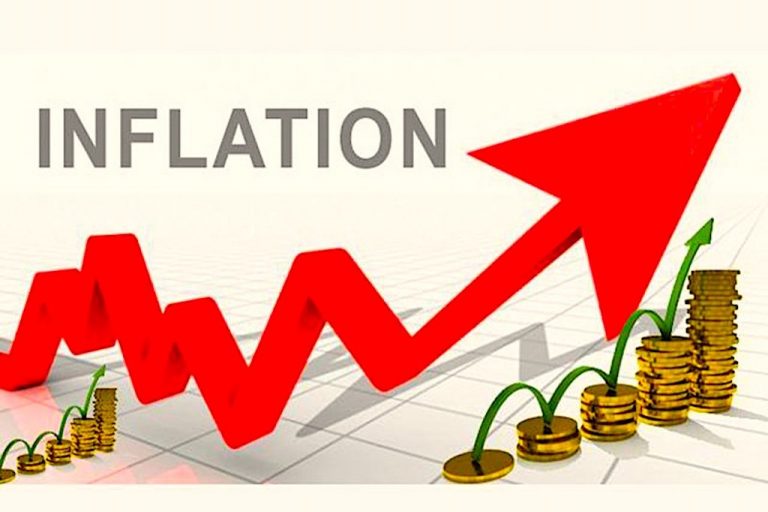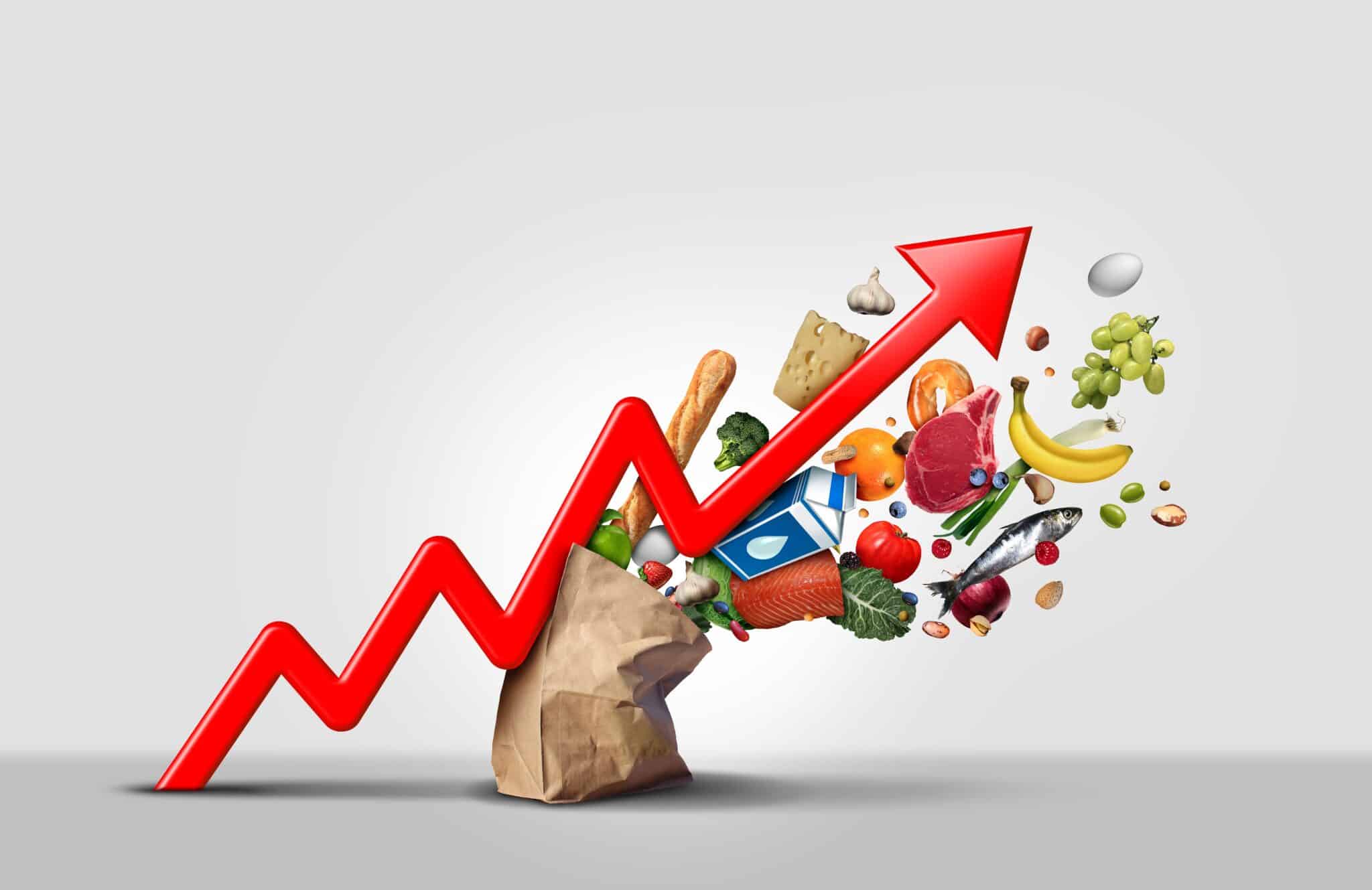The interplay between inflation and purchasing power has taken on new dimensions in the United States, affecting consumers, businesses, and policymakers alike. Consumers now face challenges in affordability, while businesses must adjust their pricing strategies. This evolving scenario requires a deeper analysis to grasp its implications on everyday life and the broader economy.
Historically, inflation and purchasing power have shared a close relationship, with one often dictating the trends of the other. As inflation rises, purchasing power typically shrinks, constraining consumers’ ability to buy goods and services. To comprehend how these forces interact today, it is essential to consider specific economic indicators, consumer behavior, and policy interventions that collectively redefine this dynamic.
The inflationary push: causes and consequences

Inflation, a persistent rise in prices, has various root causes, including monetary policy decisions, supply chain disruptions, and international events. Recent years have witnessed an inflationary push triggered by pandemic-related factors and geopolitical tensions. Such conditions result in increased production costs, which are often passed down to consumers in the form of higher prices.
One noteworthy factor contributing to inflation is the Federal Reserve’s monetary policy. Adjusting interest rates to maintain economic equilibrium is a delicate balance. When rates are lowered to stimulate growth, there’s often increased consumer spending. However, this can inevitably lead to inflation if demand outpaces supply. Striking the right balance is vital for preventing runaway inflation while fostering sustainable economic growth.
Supply chain disruptions further exacerbate inflationary pressures by creating bottlenecks. Global events such as the COVID-19 pandemic have exposed vulnerabilities in supply chains, causing delays and shortages. The interplay between these factors reveals a complex picture where traditional inflation drivers merge with modern challenges to shape economic outcomes.
Impact on consumer behavior
As inflation influences purchasing power, consumer behavior undergoes significant changes. When price levels rise, individuals tend to reassess their spending habits. This shift in consumption patterns can have widespread implications, affecting which industries thrive and which struggle. Consumers may prioritize essential goods over luxury items, creating a ripple effect across sectors.
This shift often leads to increased spending on necessities such as housing, food, and healthcare, leaving less disposable income for non-essential products and services. Consequently, sectors reliant on discretionary spending might experience a downturn, impacting business revenues and employment.
Inflation’s socio-economic implications
Beyond individual consumption habits, inflation can also deepen socio-economic divides. Those on fixed incomes or with limited financial flexibility are disproportionately affected, struggling to maintain their standard of living. This can exacerbate income inequality and lead to increased demand for social services, placing additional burdens on government resources.
Efforts to mitigate these disparities involve a combination of fiscal policies and targeted assistance. Subsidies, tax breaks, or direct financial aid can help cushion the blow for vulnerable populations, ensuring that they can meet basic needs despite rising prices. Equitably addressing inflation’s impacts requires coordinated action from public institutions and private enterprises alike.
Adapting to a changing economic landscape
As the paradigm between inflation and consumer capacity evolves, businesses and policymakers face the challenge of adaptation. Companies must develop flexible strategies to accommodate price fluctuations, while governments need to implement policies that support economic resilience. Successful adaptation hinges on understanding the broader context of these economic forces and identifying opportunities for innovation.
Businesses can leverage technology to enhance efficiency and reduce costs, offsetting some inflationary pressures. Digital transformation offers tools to streamline operations, optimize supply chains, and improve customer engagement. By embracing innovation, companies can remain competitive and maintain profitability even in the face of rising costs.
Strategies for consumers
Consumers, too, can adopt strategies to better navigate inflation’s impacts. Financial literacy and planning become key allies in maximizing their dollars’ value. Budgeting effectively, seeking discounts, and prioritizing spending are practical steps individuals can take to maintain their purchasing power during inflationary periods.
Additionally, investing in skill development can provide long-term benefits by enhancing employment prospects and increasing income potential. Building financial resilience fosters greater stability, enabling individuals to withstand economic fluctuations and preserving their quality of life.
Policymakers’ role
Governmental bodies play a critical role in shaping macroeconomic conditions and safeguarding economic stability. Policymakers must employ a mix of strategies to control inflation and protect citizens’ purchasing power without stifling growth. Coordinated monetary and fiscal policies can create a conducive environment for sustainable economic progress.
Engaging with global partners to address supply chain challenges, investing in infrastructure, and ensuring transparent communication with the public are vital steps. Policymakers must be agile in responding to changes and proactive in implementing measures that support economic resilience and equity.





